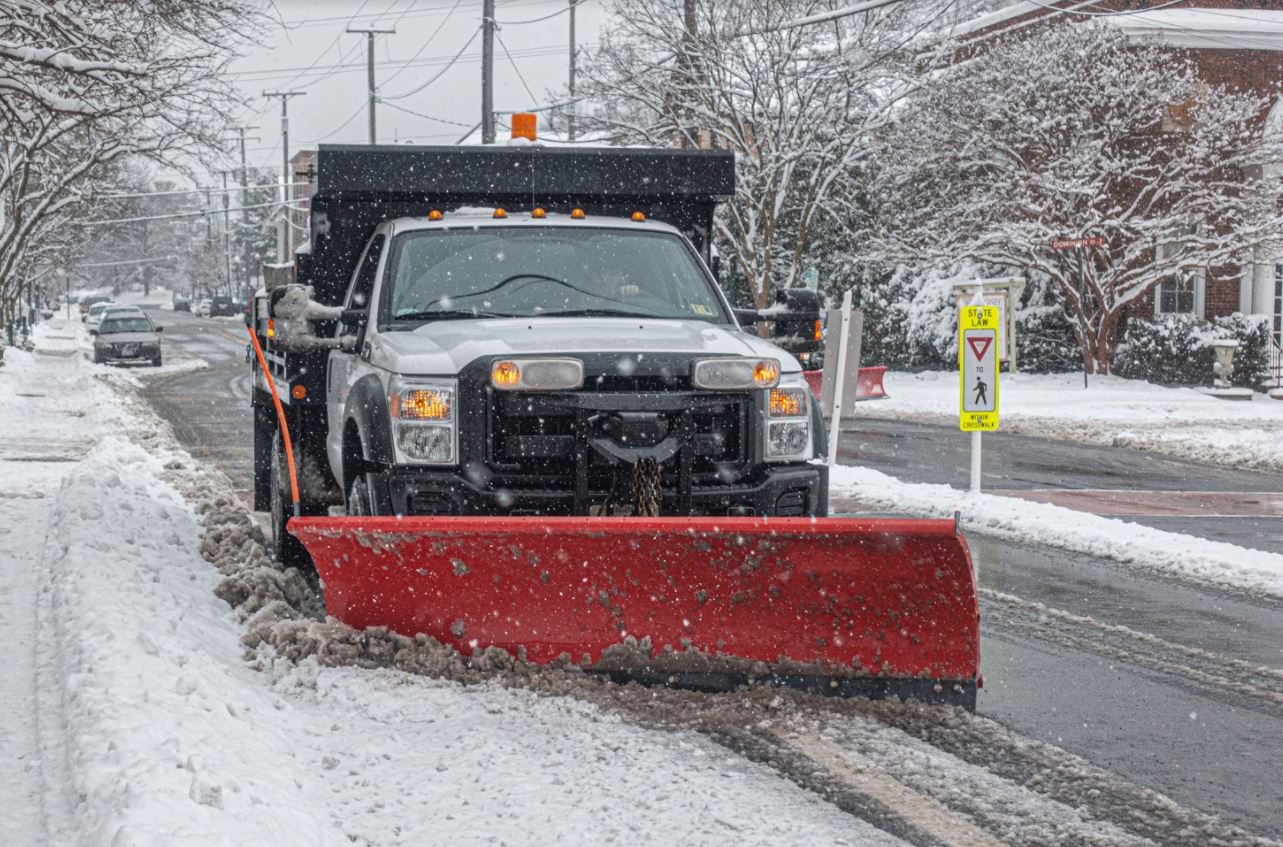The Facility Audit Program is a key function deployed by the Ministry of Transportation’s (MTO) highway safety program. It works alongside the highway enforcement program and provides motor carriers with the opportunity to learn more about their safety responsibilities. Find out more about the program, how vehicles are awarded points, and how to ensure better success in the audit.
What is the Facility Audit Program?
The Facility Audit is a “risk-based” assessment of the elements known to cause or contribute to a commercial motor vehicle (CMV) collision on a highway and to mitigate these occurrences. Vehicles subjected to the audit include:
- Trucks, tractors, mobile equipment vehicles or trailers, and/or any combination of these vehicles that have a registered gross weight or an actual weight of more than 4,500 kilograms.
- Tow trucks, regardless of registered gross weight or actual weight.
- Buses with a manufactured seating capacity of 10 persons or more, excluding the driver.
- Accessible vehicles and school purposes vehicles, depending upon use.
The Facility Audit examines the motor carrier’s safety-management controls that are in place, to ensure drivers are:
- Qualified to drive the motor carrier’s equipment.
- Conducting the proper inspections of the motor carrier’s equipment and reporting deficiencies if and when they occur.
- Compliant with the driving limitations and rest requirements of the Hours of Service regulation.
Three Profiles of the Facility Audit
The Facility Audit consists of three profiles, with the following points by category:
Vehicle Maintenance:
- Detection, reporting, and repair of vehicle defects = 40 points
- Preventive maintenance = 30 points
- Vehicle records* = 20 points
- Annual and semi-annual inspections = 10 points
*Vehicle Records must be current for a period of 24 months, or six months after the vehicle ceases to be operated by the motor carrier.
Hours of Service:
- Quantified margin of error on Record of Duty* status logs = 90 points
- Missing or incorrect data items on Record of Duty status logs = 10 points
* Records must be current for a period of two years, or from the date the driver started with the motor carrier (if less), or six months after the driver is no longer employed by the motor carrier.
What Do the Points Mean?
Based on the results of the Facility Audit, a profile with the final scores of the motor carrier’s safety performance is generated. The results are then shared with a corporate officer or senior official of the company. Charges for non-compliance can also be laid against a motor carrier, driver, or both based on the results. These actions can also lead to conviction points on the motor carrier’s Commercial Vehicle Operator Registration (CVOR) record.
The Facility Audit result is expressed as:
- Excellent if the overall score is 80% and all profiles are 70% or greater.
- Pass if the overall audit score is 55% or greater, and no profile is below 50%.
- Fail if the overall audit score is below 55%, or any profile is below 50%.
If a motor carrier fails the Facility Audit, the Ontario Registrar of Motor Vehicles may propose that the motor carrier be assigned a Conditional Safety Rating. This means that the carrier will remain at that rating for at least six months. A motor carrier that is rated conditional due to a failed score must then pass another Facility Audit to be considered for an improved safety rating.
What May Trigger a Facility Audit?
To ensure fairness and transparency in the audit selection process, MTO’s software program will randomly select drivers. To meet the sample requirements of the vehicle maintenance profile, the auditor will typically select vehicles from the motor carrier’s CVOR record and select “events” to satisfy the sample size requirements. Vehicles will be randomly selected only when a search of the operator’s CVOR record fails to meet the sample requirements. Some other triggers include:
- When a driver and/or vehicle on-road events change a motor carrier’s overall violation rate, exceeding the allowable threshold by 50%.
- If a motor carrier has previously failed a Facility Audit within the past five years and they have not passed a Facility Audit since then.
- To verify that a motor carrier is fulfilling commitments that were made to the Deputy Registrar during a sanction hearing.
- When a motor carrier voluntarily requests a Facility Audit to have its Carrier Safety Rating evaluated.
- To review complaints received by MTO about the unsafe performance of a motor carrier’s driver, vehicle, or both.
What Can You Expect in a Facility Audit?
A facility auditor may contact the motor carrier to schedule a Facility Audit, by phone or in writing. The purpose of the Facility Audit, as well as the documents that will be required, is clearly explained to the motor carrier at that time. The auditor may also want to verify certain details about your business during the call.
In the entrance interview, the auditor explains the purpose, procedure, scoring, and importance of the audit, and its potential impact on the operator’s Carrier Safety Rating and carrier profile. The auditor will also ask the motor carrier to explain and demonstrate (with documentation) the hours of service and vehicle maintenance monitoring and recall systems used to assess whether they are complying with the regulations or not.
A motor carrier will be asked to produce, in writing, a preventive maintenance schedule. The document will be reviewed and used by the auditor to determine if the motor carrier’s maintenance schedule is being followed.
What Happens After the Facility Audit Is Completed?
After the Facility Audit is completed, an exit interview will take place. The motor carrier will receive a summary with scores for each driver, vehicle, and, if applicable, collision files that were examined. The motor carrier will be given the opportunity to review and discuss with the auditor the results of the Facility Audit and any possible charges. MTO may take any one or a combination of the following intervention options:
- No further action, as the motor carrier has demonstrated acceptable compliance.
- Request a comprehensive action plan, acceptable to MTO, which the motor carrier is required to develop.
- Impose remedial conditions on the motor carrier’s CVOR certificate, requiring the motor carrier to take specific actions by a specified date.
- Refuse to issue various types of permits or certificates.
Facility Audit information is quantified and becomes an integral part of determining a motor carrier’s Carrier Safety Rating. Therefore, it is essential that a motor carrier demonstrate a high level of compliance to maintain an acceptable safety rating. Failure to do so may lead to being restricted or prevented from operating commercial vehicles in Ontario.
How Can I Better Ensure Success?
All motor carriers are encouraged to have safety programs and training plans in place for their vehicles and drivers. This is an effective strategy to demonstrate due diligence and improve the overall performance of your motor carrier operations. Here are our recommended safety action plans:
Qualification Records and Reporting Profile
- Order a CVOR abstract every six months to review and monitor.
- Order a driver’s license abstract for each driver every six months.
- Keep records of all driver convictions, suspensions, or changes to the driver’s license class or condition since the last driver’s abstract.
- Conduct and document a road test so that every driver is tested at least once per year.
- Conduct vehicle inspection training for every driver to receive instruction and training in the requirements of the Ontario Commercial Motor Vehicle Inspections Regulation 199/07.
- Conduct hours of service training for every driver to receive instruction and training in the requirements of the Ontario Hours of Service Regulation 555/06.
- Conduct load security training for every driver to receive instruction and training in the requirements of the Ontario Security of Load Regulation 614.
- Deploy accident reporting procedures to ensure that every driver involved in a crash must report the accident to the motor carrier. The motor carrier should also document any action that was taken upon notification of each crash.
- Ensure every driver who transports dangerous goods is trained in accordance with the Ontario Dangerous Goods Transportation Act, and that the motor carrier retains the proper training certificates.
It is key that a motor carrier has written records of any training provided to your drivers. These records must indicate the driver’s name, the date, and the nature of the training or instruction.
Driver Hours of Service Profile
- Ensure your drivers are in possession of, and retain a valid driver’s license. The license must be correct for the class of vehicle driven. You must also prove that at no point during the previous six months was the driver’s license under suspension or downgraded to an improper class.
- Ensure your driver’s logs and/or time records are accurate and supported by time marker evidence such as tolls, fuel receipts, accommodation receipts, bills, and invoices.
- Keep information detailed in the Hours of Work Regulation including dates, locations of duty status, a total of on-duty time, driver’s name and signature, and mileage accurate to be awarded additional points.
Vehicle Maintenance Profile
- Keep a written maintenance statement and ensure that all records indicate compliance with the statement.
- Keep records of maintenance for every vehicle for at least two years. These records need to have information about the date, odometer, and nature of all repairs and maintenance activity.
- Ensure that all vehicles are inspected in compliance with the annual periodic mandatory commercial vehicle inspection program.
- Retain vehicle inspection reports and maintenance records that show the defects were repaired.
For any further inquiries or questions, ask our expert today.






































































